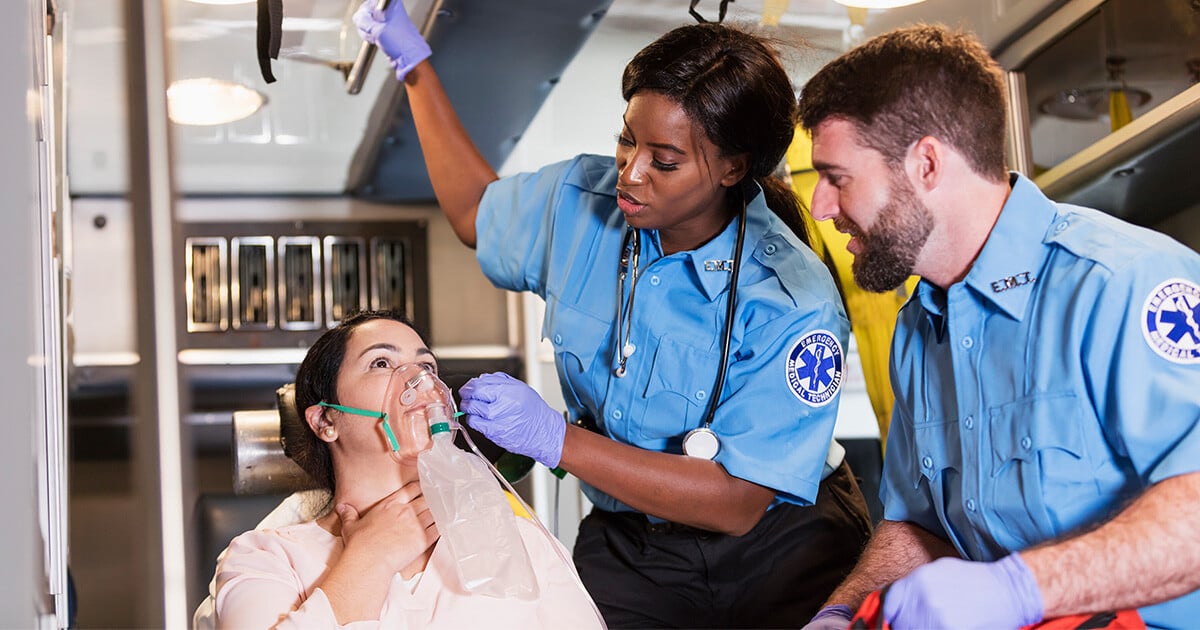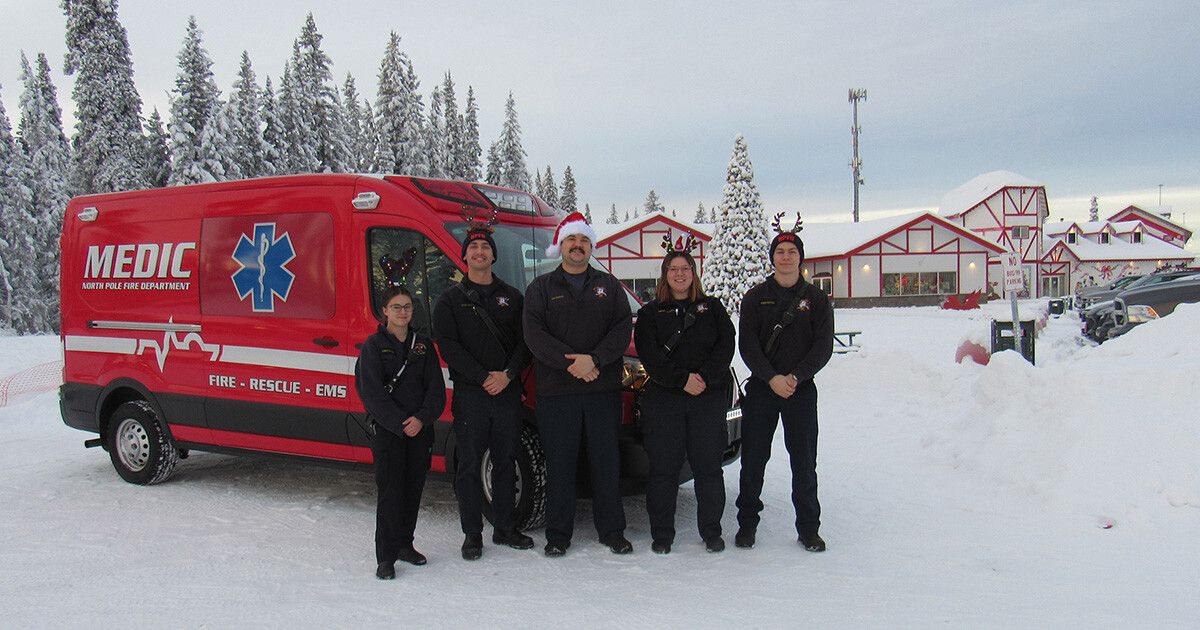Pulsara Around the World - April 2025
March Recap A New Integration: Improving Data Management, Streamlining Workflows, and Improving Care CoordinationOnly a few days ago, we announced...
1 min read
 Team Pulsara
:
Feb 11, 2019
Team Pulsara
:
Feb 11, 2019

EDITOR'S NOTE: Special thanks to Jeff Jensen for writing today's blog post. You can connect with him on LinkedIn.
Recently, NAEMSP published a study on the importance of the quality of EMS communication handoff during pediatric resuscitations. As quoted in the study, they state “The Joint Commission has identified ineffective handoff communication as a contributing factor in 80% of serious medical errors. The quality of handoff communication from EMS to ED teams for critically ill pediatric patients needs further exploration.”
Sumner et.al. did a retrospective look at the quality of communications handoff of pediatric resuscitations from EMS to ED staff. The researchers concluded that “Handoff communication between EMS and ED teams during pediatric resuscitation was frequently incomplete and inefficient. Future educational and quality improvement interventions could aim to improve the quality of handoff communication for this patient population.”
We have a great opportunity to improve these communications by utilizing state-of-the-art communication tools, and by practicing these team scenarios. AHA has identified the team approach and communication as a priority during all resuscitations. We need to change past practices by changing the way we train, communicate, and handoff our patients -- most systems are still using radios and phone calls to give report to the receiving facility, which causes miscommunication and delays in treatment.
The future is of healthcare communication is here: Using real-time team communication across healthcare entities.

In this model, teams focus on the patient journey. Teams are unified by mobile technology. And teams use the same protocol regardless of patient location.
Are you ready for a culture of resuscitation excellence?

March Recap A New Integration: Improving Data Management, Streamlining Workflows, and Improving Care CoordinationOnly a few days ago, we announced...

EMS providers and industry stakeholders can now improve data management, streamline workflows, and reduce the risk of double documentation through...

NORTH POLE, AK — It’s an open secret that there’s a lot of activity going on at the North Pole this time of year. Between checking the list twice,...